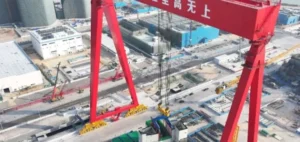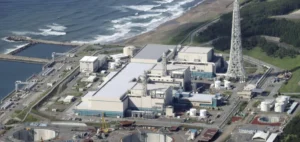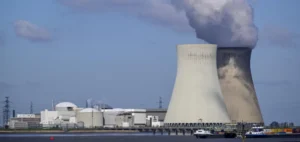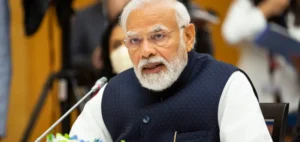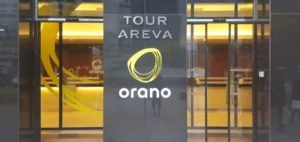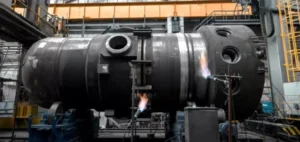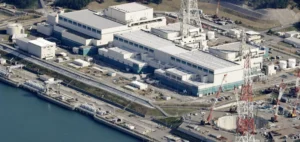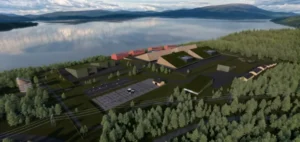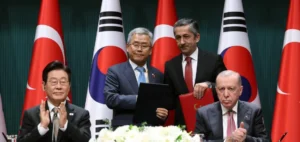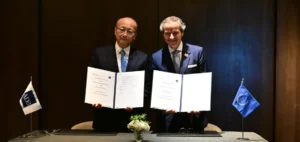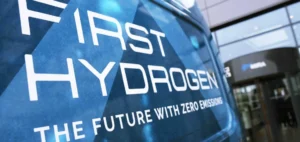The Nuclear Safety and Radiation Protection Authority (ASNR) now centralizes the management of civil nuclear safety in France. Formed by the merger of the Nuclear Safety Authority (ASN) and the Institute for Radiological Protection and Nuclear Safety (IRSN), this new entity represents a significant reorganization of France’s energy landscape. With a workforce exceeding 2,000 experts, the ASNR aims to streamline decision-making and tackle the challenges of a rapidly evolving nuclear sector.
The merger, executed amidst an industrial revival, aligns with strategic ambitions. The government seeks simplified coordination to accelerate the extension of existing reactors, develop small modular reactors, and build new large-scale facilities. However, this centralization has raised major concerns among established stakeholders.
The limits of a contested reform
Despite its stated objectives, the reform remains controversial. IRSN unions and environmental associations criticize a perceived loss of independence between scientific expertise and regulatory decision-making. Concerns are particularly acute regarding the ASNR’s internal regulations, which are seen as insufficient to ensure the transparency of technical opinions.
According to union representatives, the current structure reflects a “minimal” merger, where key services from the two entities are simply juxtaposed. Budgetary constraints are also a growing concern, with the ASNR facing financial challenges from the outset.
Significant political and industrial impact
This reorganization comes at a pivotal moment for France, which seeks to assert its leadership in the nuclear sector amidst increasing international competition. By concentrating responsibilities within the ASNR, the government aims to strengthen the country’s competitiveness while addressing European expectations for energy security.
However, the success of this reform will depend on the ASNR’s ability to adapt quickly. The first few months will be crucial in establishing clear governance and uniting a collective around this new structure. The impact on the nuclear industry, both nationally and internationally, will be closely monitored by market stakeholders.



